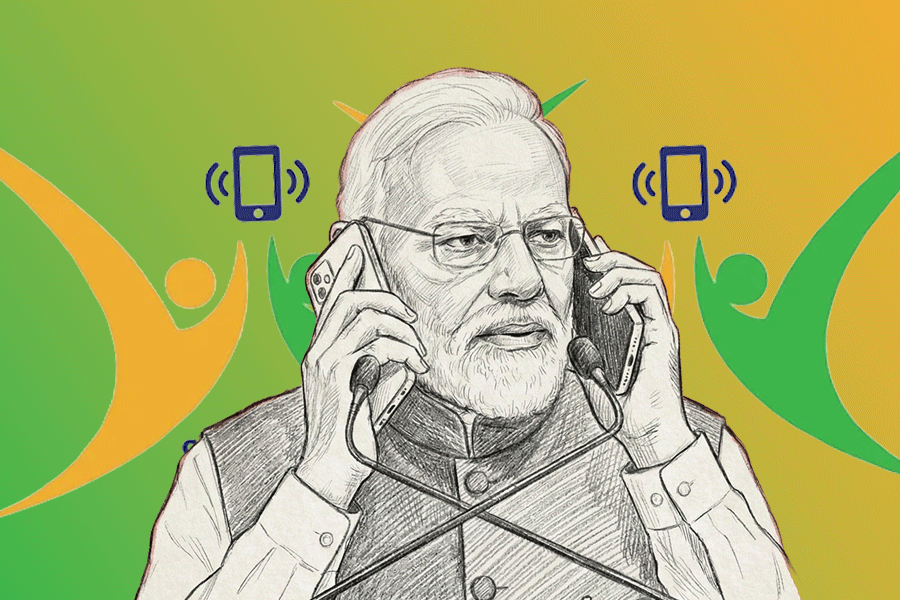The male gaze has existed since time immemorial. But the advent of the camera and print technology made that gaze penetrative and pervasive. The invention and the dissemination of these two technologies, which facilitated the reproduction of images, accelerated the objectification of the female body. Other forms of technological mediation — from video to virtual reality — have further advanced the conversion of flesh into fetish.
Gaze is not just an act of looking; the term connotes inequality of power. The male gaze conceives the woman as an object of desire and pleasure, denying the woman any agency. The market not only facilitates such an objectification but also normalises its access and naturalises its excess across media platforms. The fragmented female body, disassociated from her persona, thus becomes a popular global commodity.
But the desirable female body must conform to certain standards pertaining to size, weight, height and skin colour. An entire regime of exercise, diet, grooming, cosmetics, supervision, surgery aligns to make the body dazzle before it is put on display to lure attention. Patriarchal capitalism has convinced us of the importance of gazing at the ‘idealised’ body. Any other body type is useless for the mass production and the mass consumption of the desirable body.
It is imperative for this patriarchal fiction to project men as being in charge as chasers and women being passive recipients. The pornography industry is the epitome of patriarchy’s imaginative bankruptcy. It produces the most blatant displays of male lust. Bodies, intimacy, sexuality — everything is thoroughly disembodied and disjointed within the pornographic gaze. Implicit and apparent in this disposition and display is the question of power. Who has the power to control and display women’s bodies, to what extent, and for whom? These are not ethical questions concerning nudity, its social acceptability, or its aesthetic rendering. These queries are about the possession, projection and production of women’s bodies to cater to the male gaze, to male validation; it is about a process that degrades the dignity of women and turns them into subjects of objectification.
Objectification need not be confined to visuality only. Social practices such as teasing and coercion can be deployed towards the submission of women in a bid to valorise the idea of male conquest. If she is too eager, then she can be subjected to moral judgement. In case she resists, the resistance should be broken through undue advances. If she still acts unwilling, then she has to be taught a lesson. Consequently, in this celebration of machismo and male pride, there is no concept of consent.
There is no dearth of the patriarchal valorisation of men as producers, protectors and primary decision-makers that reduce the role of women to reproducers, service providers and passive receivers. This kind of gender-stereotyping and gender-performativity has been used to reinforce relations of domination and subordination for centuries. What must also be noted is the patriarchal notion of pleasure. This idea of pleasure is built through the perceived subordination and disempowerment of women.
In her pathbreaking book, The Second Sex, Simone de Beauvoir wrote, “she could only win by losing, so she remains lost”. This sentiment is perhaps borne out by the perversity of the male gaze.











